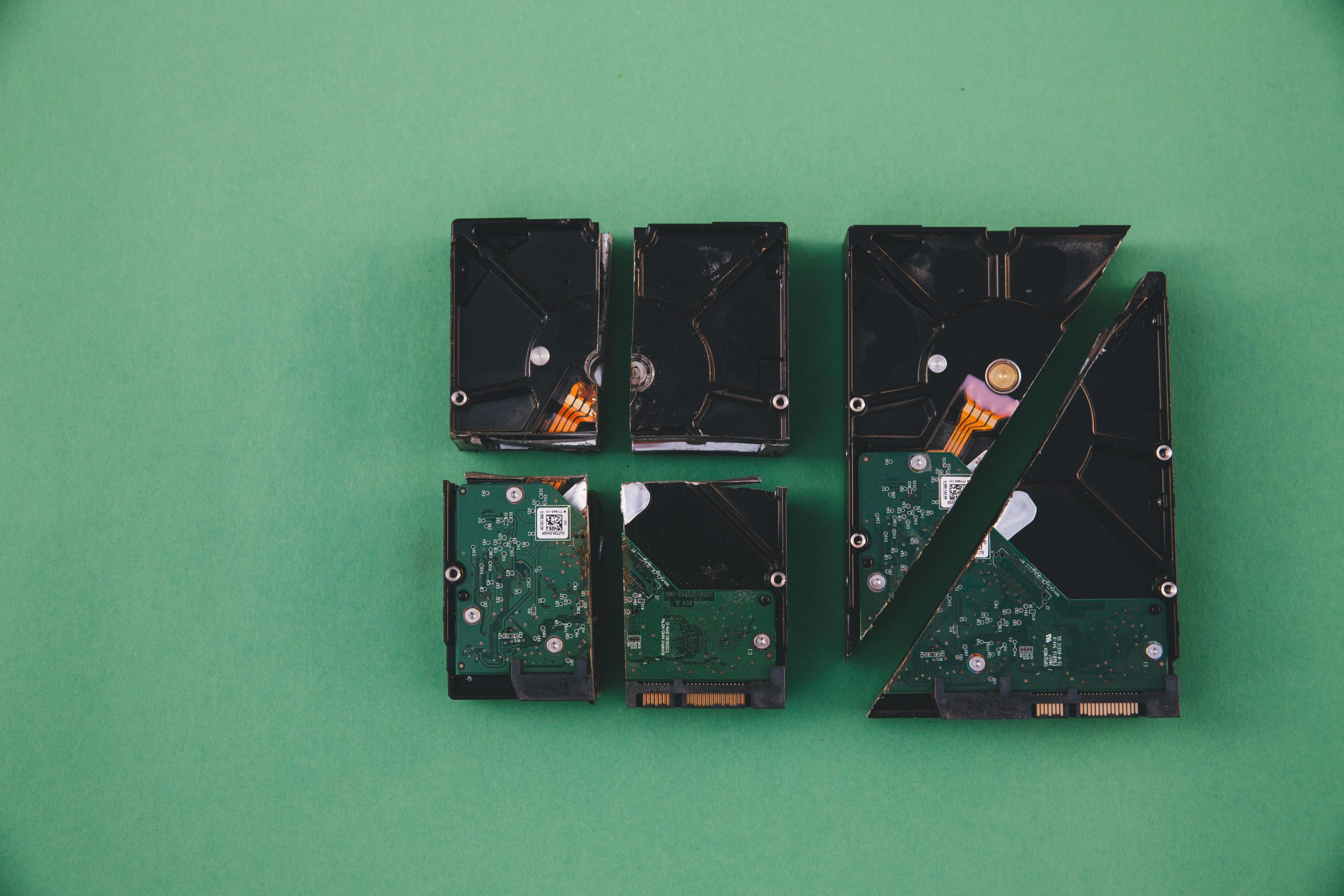Troubleshooting SSD Boot Issues After a Blue Screen of Death (BSOD): Is Data Recovery Still Possible?
Experiencing a sudden system crash with a Blue Screen of Death (BSOD) can be alarming, especially when it results in a machine failing to boot. If you find yourself in a similar situation—where your laptop displays a “boot not found” error after a crash—you’re likely wondering whether data recovery is still achievable. In this article, we’ll explore common causes, troubleshooting steps, and potential solutions to help you recover your important files and potentially restore your system.
Understanding the Scenario
Imagine using your HP Envy x360 and suddenly encountering a BSOD with the stop code: MEMORY_MANAGEMENT. After a forced restart, your device reports that the boot device cannot be found. This is a distressing experience, especially if you haven’t recently modified your system but suspect it may be related to recent Windows updates or thermal issues.
Initial Troubleshooting Efforts
When dealing with boot issues post-BSOD, there are several diagnostic and remedial steps you can undertake:
-
Basic Restarts and BIOS Checks:
Restart your device multiple times, enter BIOS/UEFI settings, and verify the boot order. You can also experiment with secure boot options—enabling or disabling them—to see if it affects recognition of your storage device. -
Hardware Diagnostics:
Use built-in hardware diagnostic tools (like HP’s PC Hardware Diagnostics). Running a storage test can help determine if the SSD is physically detected. Be mindful that different diagnostic options—such as “Hard Drive/SSD Test” versus “Storage Test (eMMc, Flash)”—may have different scopes and results. -
Physical Inspection:
If comfortable, open your device to check for loose connections or obvious signs of damage. Since your device was relatively cool when it shut down, hardware overheating might not be the issue, but physical inspection can sometimes reveal loose connectors or burnt components. -
Attempting Windows Recovery:
Use Windows recovery tools for startup repair, system restore, or uninstalling updates. While these can resolve software-related issues, they depend on the system’s ability to detect the SSD and the presence of recovery points.
Diagnostic Challenges
In your case, many of these steps revealed that:
- The SSD is recognized by disk management commands (
diskpart) but not by systems that rely on volume information (list vol). - The SSD appears as unallocated
Share this content:

